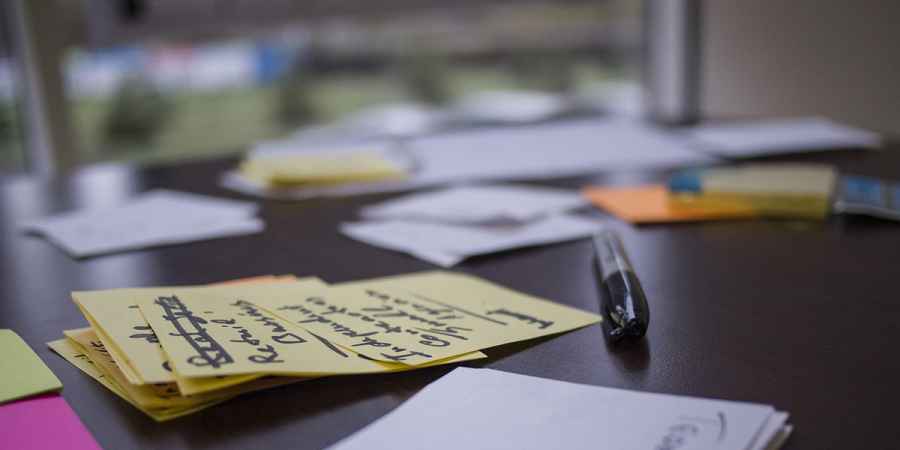
Photo: Daria Nepriakhina

Photo: Daria Nepriakhina
The double-blind protocol is a research method used to ensure fairness and objectivity when conducting experiments, something that is also vitally important to paranormal research. It involves neither the participants nor the researchers knowing the full details of the experiment. This method helps to reduce biases that can arise from the expectations of those involved, ensuring the results are as unbiased as possible.
The difference between blind and double-blind protocols lies in who is kept unaware of certain information during an experiment to prevent bias. In a blind protocol, only the participants of the experiment are unaware of specific details, whereas in a double-blind protocol, both the participants and the researchers are unaware of key details.
In ghost hunting, it's uncommon to find strict double-blind protocols in experiments due to the nature of the field. However, the concept can be applied to situations where ghost hunters seek to eliminate human influence from the outcomes, making the results more reliable. Single-blind protocol experiments tend to be more common, like the Estes Method.
This method primarily uses a spirit box to attempt communication with spirits. The spirit box is a device that rapidly scans radio frequencies, which is believed to facilitate communication with spirits. One person wears noise-cancelling headphones connected to the spirit box and is blindfolded. This person listens to the sounds from the device and verbally reports what they hear. Meanwhile, another person, who isn't wearing the headphones or blindfold, asks questions aloud. Only the listener is "blind" in this setup.
If conducted in the right way, an Electronic Voice Phenomena (EVP) session is an example of a double-blind experiment that can be conducted on a ghost hunt. In a double-blind EVP experiment, ghost hunters begin by conducting a session where they ask questions while recording the ambient sounds from the environment. Any EVPs that are captured are not audible to the investigators in real-time, which ensures that the investigators are blind to the responses, preventing any immediate reactions or biases from influencing the session.
Following the session, any suspected EVPs should be isolated from the recordings and handed over to an independent reviewer who was not involved in the initial session. This reviewer listens to the recordings without any knowledge of the questions that were asked, focusing solely on interpreting any unusual sounds, voices, or phrases. Finally, the responses can be compared to the original questions to determine whether the words or phrases identified by the reviewer meaningfully correspond to the questions asked during the recording session.
Away from ghost hunting, a good example of a double-blind experiment in paranormal research involves testing psychic abilities, specifically experiments designed to test telepathy. A common approach sees participants divided into two groups: 'senders' and 'receivers.' The senders are shown a randomly selected image, while the receivers, located in a separate location, are asked to describe what they believe the senders are viewing.
To ensure the experiment is double-blind, the receivers are isolated to prevent any inadvertent influence from the sender or other external cues. Equally important, the researchers themselves do not know which specific images are presented to the senders during the experiment. This precaution prevents the researchers from giving subconscious cues that might influence the receiver, such as hinting or subtly steering them towards a specific type of image.
For example, if a researcher knows the sender has been presented with an image of a cat, they might unconsciously use language that could lead the receiver to think of animals or pets. By keeping the researchers blind to the image selections, it helps to rule out any influence they might have on the experimental results, ensuring that any correlation found between the sender's image and the receiver's description is more likely due to telepathic communication.
Double-blind setups might also be used in evaluating a psychic medium's claimed ability to communicate with spirits in a specific location. A double-blind experiment could be designed where the psychic doesn't know the details of the location or the history, and the researchers interacting with the psychic are also unaware of specific details to avoid giving unintentional cues.
In all these examples, a double-blind setup can help reduce biases and enhance the credibility of findings in paranormal research.
More Essential Parapsychology
See All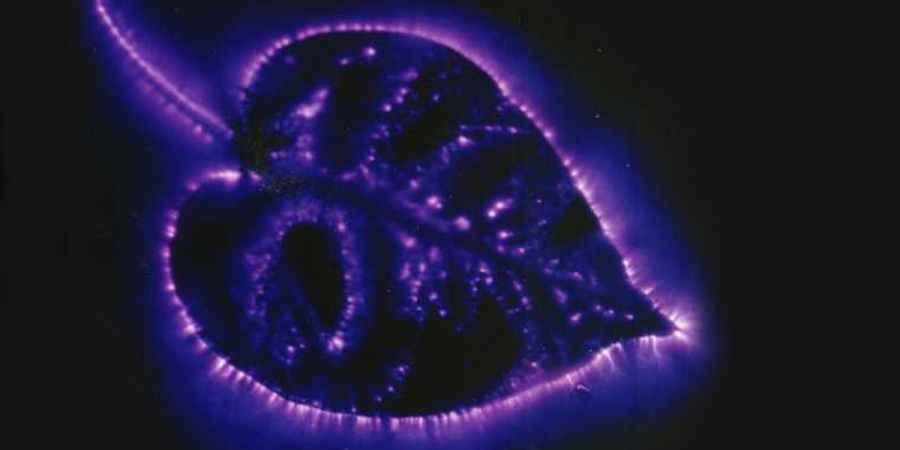
ArrayOctober 11, 2024
The Reality Behind Kirlian Photography’s Glowing Auras
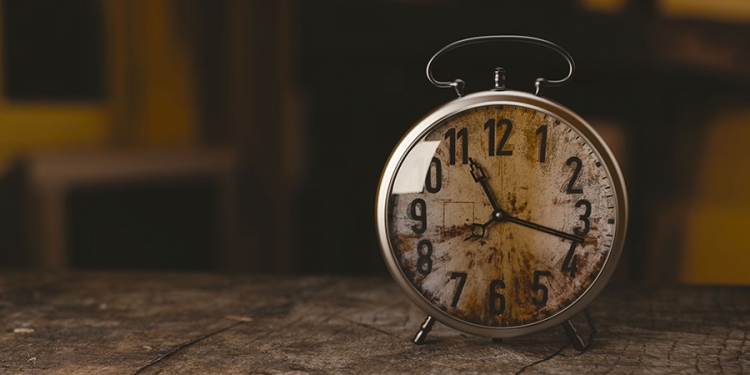
ArrayOctober 07, 2024
Could Retroactive Psychokinesis Allow Us To Influence The Past?

ArrayOctober 05, 2024
What Spontaneous Cases Are & Why Parapsychologists Research Them
Further Reading
Dive into the world of the paranormal and unexplained with books by Higgypop creator and writer Steve Higgins.

Encounters
A historical overview of UFO sightings and encounters, from 1947 to modern government reports.
Buy Now
Alone At The Inn
The full account of a solo paranormal investigation at the Ancient Ram Inn, tied to a documentary film.
Buy NowMore Like This
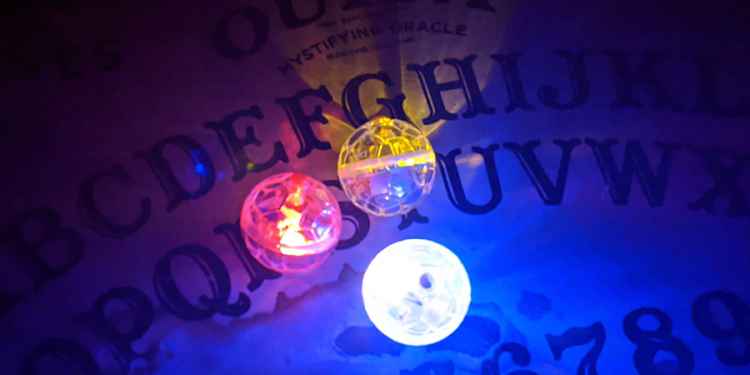
Ghost HuntingJanuary 26, 2025
These Are The Ghost Hunting Gadgets You Should Avoid If You Want To Be Taken Seriously As An Investigator
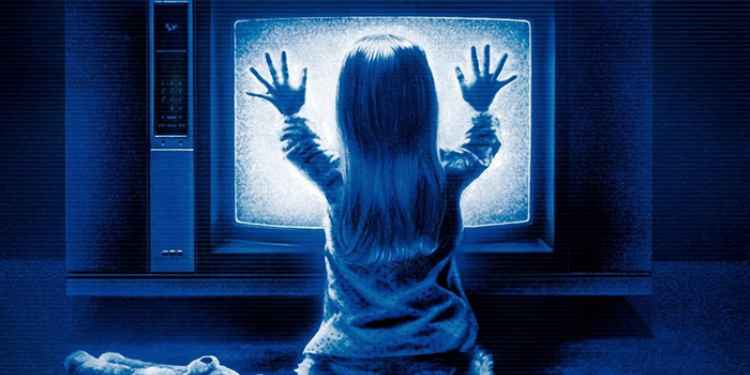
GamesDecember 09, 2024
Poltergeist Quiz
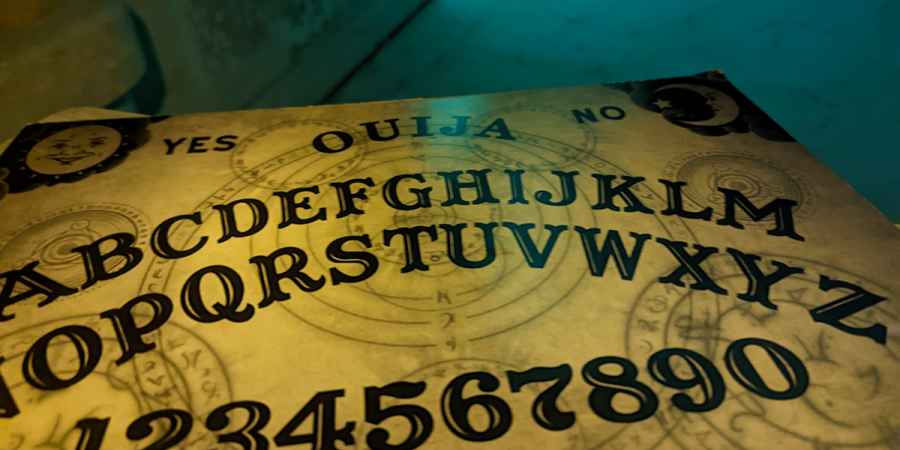
GamesDecember 08, 2024
Ouija Board Trivia Challenge
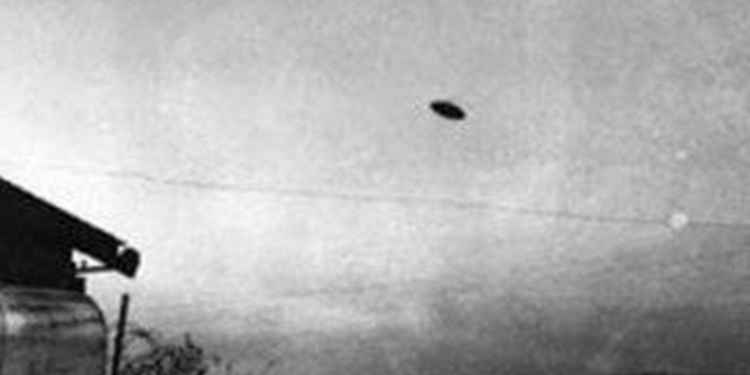
GamesDecember 04, 2024
Fakes, Hoaxes & Debunked Paranormal Claims Quiz
 See More on Audible
See More on Audible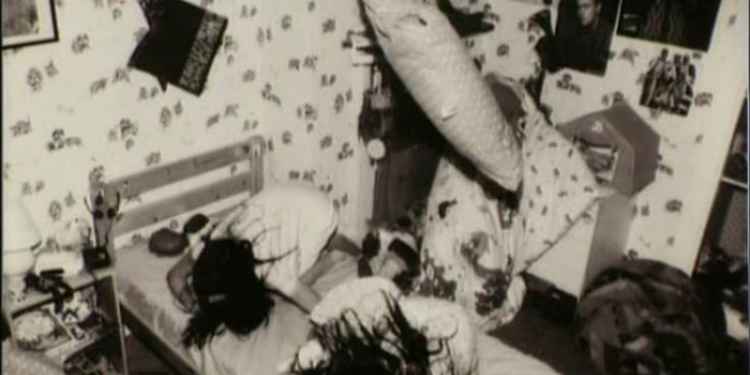

Comments
Want To Join The Conversation?
Sign in or create an account to leave a comment.
Sign In
Create Account
Account Settings
Be the first to comment.